Port vs Starboard: How to Tell The Difference
Port and starboard are common nautical terms to describe the left and right sides of any vessel on the water instead of using the more common terms we might use on land like “left” and “right.” Though they can be confused with left and right and sometimes align with left and right, they are not the same and should not be used interchangeably to avoid confusion.
Which Side of the Boat is Port?

On the deck of your fishing boat if you are facing forward towards the front or bow of the ship the port side will be on your left side. Now, I just said above that port and left and are not interchangeable and there’s a reason why.
Port is the left side only when you’re facing the bow. If you were facing the rear or aft of the vessel, that same side which was just on your left is now on your right. So you can’t say “the left side of the ship” because it’s no longer on that side.
If you have a dozen people on a boat and someone says you need to get to the left side quickly, you can’t guarantee everyone would go the same way based on the orientation of everyone when they hear the command. To remove confusion port will always be port regardless of where a sailor is standing on the boat, unlike left which can change based on your perspective.
Which Side of the Boat is Starboard?
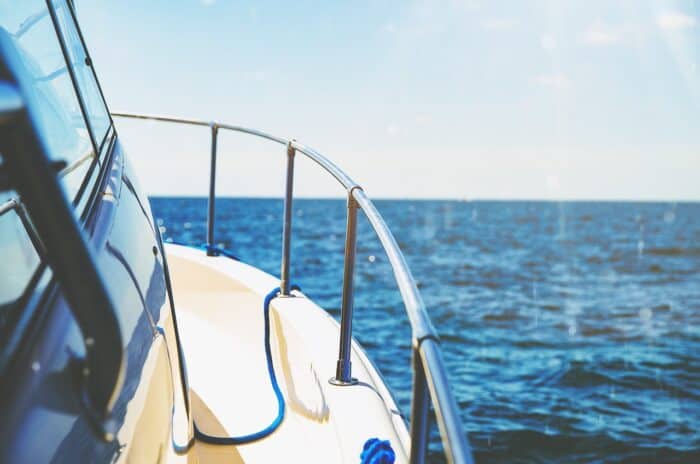
In opposition to the ship’s port side, the other side of a sail boat is called starboard. When facing the bow or front of a vessel, the starboard side will be on the right side of the vessel. Like port, we use the term starboard instead of right so that you don’t need to be worried about the orientation of who may be hearing or speaking the word. It is always on the right side when facing the front of the vessel.
The important thing to remember is that left and right are relative directions or locations based on the orientation of an individual. Port and starboard, like the directions on a compass, are fixed and exist independent of an individual and where they may be facing at any given moment.
Origins of the Names
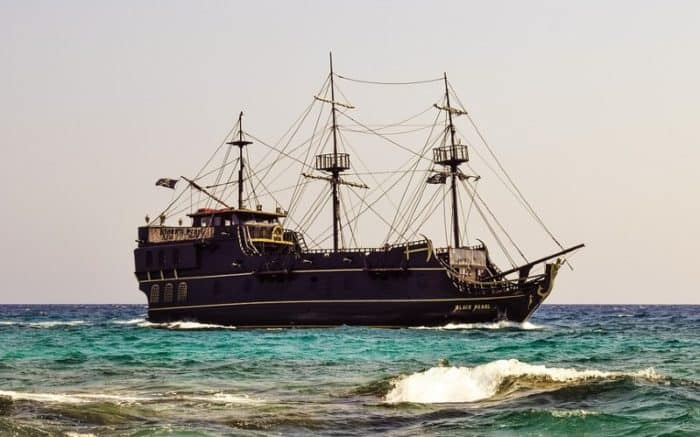
Arguably one of the strangest things for those who are not used to boating and the language to get used to is the terminology. Nautical terms often don’t lend themselves to easy understanding right off the bat. Port and starboard are not intuitive terms by any means and sound remarkably confusing at first, but there is a reason why both terms are used.
Where Starboard Comes From
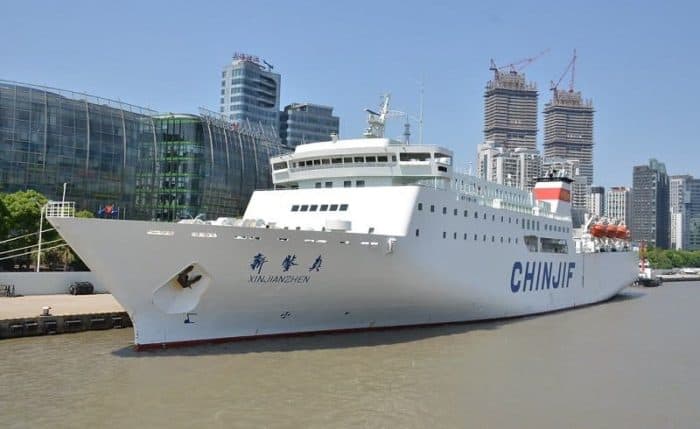
You call the right side of the boat, based on what we established, the starboard side. The etymology of that word is a combination of two old English words “steor” and “bord” which meant “steer” and “side of the boat.” The starboard side was the side of the boat you steer from, even back before modern English was a langage.
This makes more sense when you know that the term predates motorized boats and even wheels and rudders. Back in the day, boats were steered by a steering oar and most sailors were right handed so it made sense to orient them to the right.
Over time, boats got larger and so too did the steering oars that were used. So it made more sense to dedicate the right side to steering while the left side, as we’ll see, was used for other things.
Even today you’ll notice that most boats have the steering wheel on the right side. This has been a tradition for thousands of years now. There are competing reasons as to why this became a tradition but it may involve the ease with which you can lookout for other boats as the fact that most people, and therefore the pilots of most ships, were right handed. It made sense for most boats to be right oriented to allow for the majority of people to easily control them.
Where Port Comes From
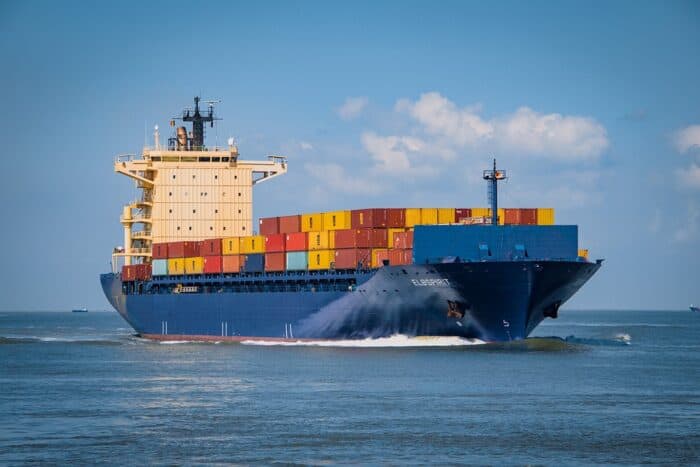
The history of the word port is a little more circuitous than the history of the word starboard. There was another term in use before port became the popular nautical term and that was larboard. You may hear this term if you watch period movies featuring sailors. For quite a while, vessels were split between the starboard and the larboard side.
The board part of larboard is the exact same as it is in starboard, so it means “side of the boat.” However, the lar part in larboard referring to “lade” which means loading. So larboard means “loading side of the boat.” This was the side on which cargo would be loaded and unloaded and that makes sense if the opposite side, starboard, is the steering side. The captain or pilot would be on the right and it’s just easier to use the otherwise empty side.
The fact that starboard and larboard sound so similar led to a change in the 16th century. The words were too easily confused as you could imagine they would be on a large vessel in the middle of a loud storm, for instance. The captain calls out that there’s danger to starboard but the word gets lost in the wind and sea and you hear larboard. That could have been disastrous.
In order to make it easier to understand the difference, larboard was replaced with the word port. This makes sense when you consider the meaning or larboard as “loading side of the boat.” Port refers to the side of the boat that would dock or be closest to port so that cargo could be loaded and unloaded.
Color Differences Between Port Side and Starboard Side
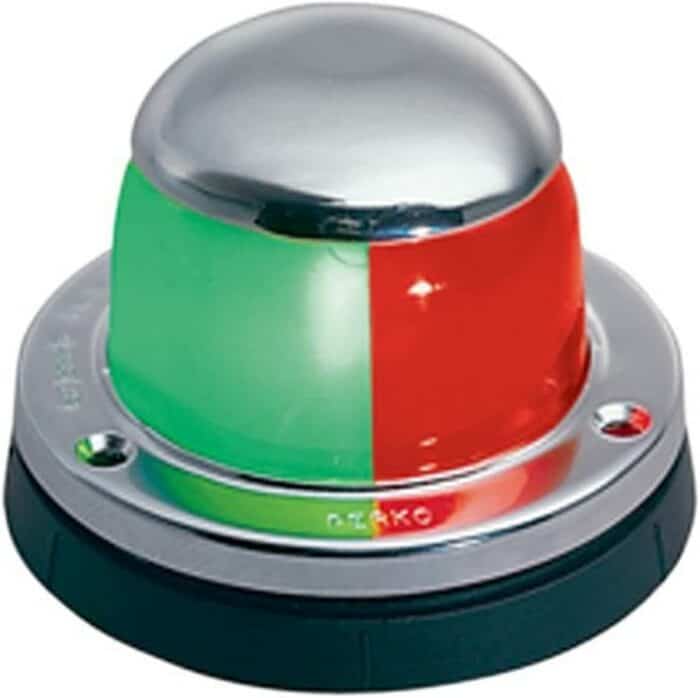
In addition to the names, modern boats have colors associated with the two sides. This is most easily noticed when you look at your navigation lights. The starboard lights are green and the portside lights are ride.. This works much the same way as the red and green traffic lights and has the same meaning.
The Rules of the Road determined the Give Way and which is the Stand On vessel. If a vessel approaches your boat from the port or red side, you maintain course and speed with caution since you are the stand on vessel. But if they are approaching from the starboard or green side, you must give way and stay out of the way of that craft until it passes.
If a boat is coming at you head on it will be able to see both green and red lights and know to pass to the green or starboard side just like you will do to them.
The green side is the starboard side because, as the side you steer from traditionally, it allowed you the greatest visibility for seeing other boats approaching and being able to respond appropriately.
How to Remember Which Is Port and Which is Starboard on a Cruise Ship
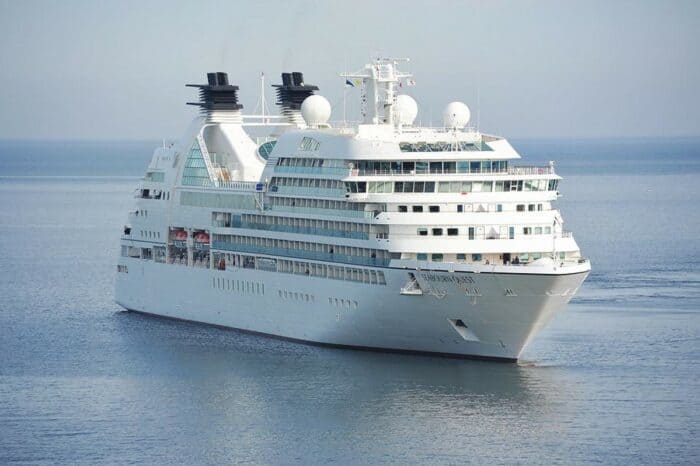
Once you’ve grown accustomed to boating then it gets much easier to remember which side is port and which is starboard off the top of your head. But one situation in which people may need to know the difference while still being less inclined to have a history of nautical terms is on cruise ships.
Like most vessels, cruise ships will organize things and direct you to port and starboard. Cruise ship lingo is usually less nautical for the sake of people who don’t do a lot of boating, but these terms remain. If that’s your only experience on a boat you likely need a hand to remember which is which. Plus, cruise ships are so large it can be very easy to lose your orientation and forget which are the port and starboard sides. Knowing port and starboard is a lot easier on a small boat when you can see the bow, the stern, port and starboard without having to move from one spot.
The easiest method I know of to keep it straight until you get the hang of it is to remember port and left both have four letters. Then starboard just sorts itself out automatically. But you do need to remember that you need to be facing the front of the boats as well. That said, there are a few other potential ways that you might be able to keep it straight in your head so let’s take a look!
- Port (4 letters) = Left (4 letters)
- Starboard is the steering side so think Steer = Star
- Lights to port are red, port wine is red therefore Port = red.
The Bottom Line
Port and starboard are fixed locations on a boat that are always the same regardless of where you or anyone else on a boat may be standing. Facing the bow or front of a vessel, the left hand side is called port. From that same position, the starboard side will be on your left.
Categories: Boats










